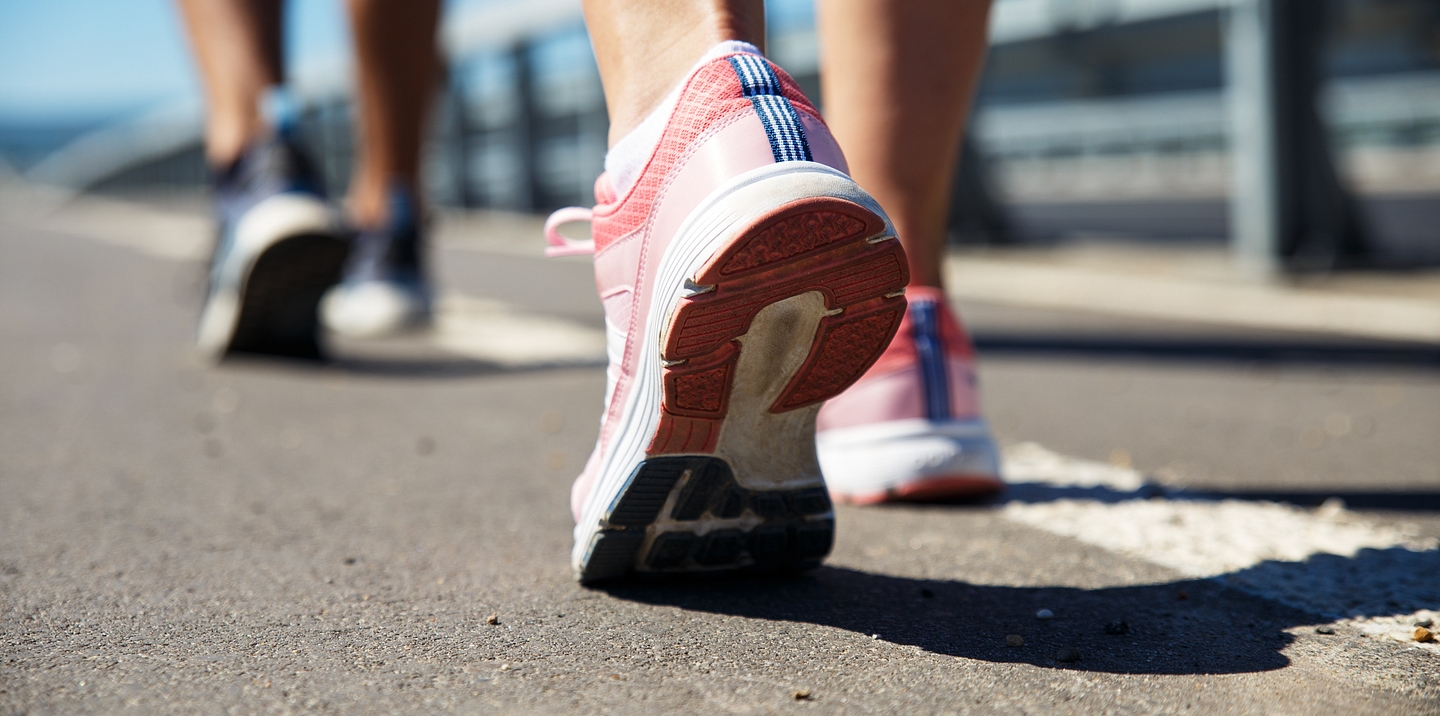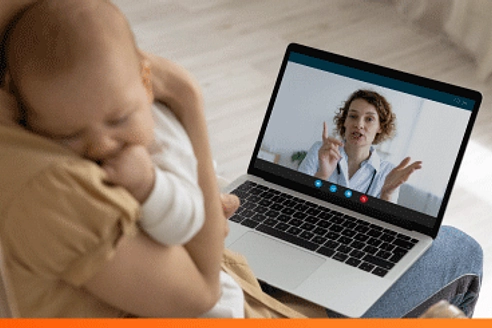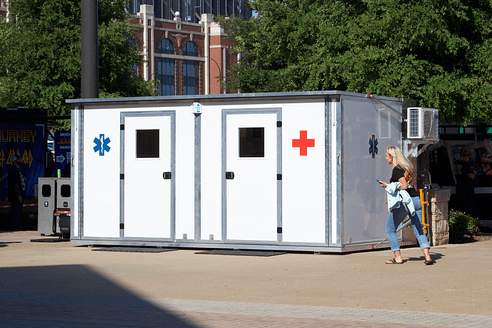
Remote Therapeutic Monitoring Gets Smarter with Real-Time Mobility Insights

Remote Therapeutic Monitoring Gets Smarter with Real-Time Mobility Insights
In healthcare, data only matters if it leads to action. Remote Therapeutic Monitoring (RTM) has transformed proactive care—but what if you could go beyond the basics and track something as critical as patient movement?
That’s where OneStep’s real-time mobility insights come into play. And it’s redefining how clinicians use Remote Therapeutic Monitoring to deliver more responsive, personalized care with results. Instead of relying on delayed or periodic reports, OneStep captures continuous gait and mobility data, giving providers the ability to adjust treatment plans in real time.
OneStep helps transform raw data into decisions, closing the gap between what’s measured and what actually drives care in RTM.
Why Remote Therapeutic Monitoring Needs Real-Time Mobility Data
If you’ve heard of Remote Patient Monitoring (RPM), you know it focuses on tracking physiologic data—blood pressure, heart rate, weight, glucose—using FDA-cleared medical devices. But Remote Therapeutic Monitoring (RTM) focuses on non-physiologic data: pain, mobility, functional status, and therapy adherence. And that opens up new possibilities.
Let’s shift the focus to movement—because the way a person walks, maintains balance, and navigates daily life can reveal a lot about their recovery, strength, and fall risk.
That’s where most monitoring tools have struggled—until now, tracking mobility remotely has been difficult to do accurately. Traditional methods like self-reported surveys, physical therapist notes, or periodic clinic visits only offer a snapshot in time—not a real-time, continuous picture.
OneStep fills that gap. Using smartphone sensors, it delivers real-time gait analysis (bonus: no wearables are required). Patients carry their phone as usual, go about their normal day, and providers get a steady stream of functional mobility data to inform smarter, faster, more personalized care decisions.
OneStep’s Real-Time Reporting: What Makes It Different?
OneStep doesn’t just track steps—it provides clinical-grade functional mobility intelligence with real-time reporting capabilities. To name a few, clinicians get access to the following:
- Walking speed
Tracks how fast a patient moves, a known indicator of recovery progress, fall risk, and even overall health status. - Gait variability
Analyzes changes in walking patterns over time, which can flag instability or potential regression before symptoms become apparent. - Weight distribution
Identifies imbalances that may signal musculoskeletal issues or compensatory movements following injury or surgery.
The key notable difference is continuous, passive, actionable RTM. The platform translates movement patterns into dashboards and trend lines, allowing healthcare teams to spot subtle changes early—and take action before they escalate. This is proactive care at its best.
Examples of Trend to Treatment
Post-Surgery Rehab
Imagine a patient recovering from a total knee replacement. Their care provider instructs the patient to increase walking daily. With OneStep in their care plan, the PT notices that although their step count is rising, their gait symmetry is worsening, signifying a red flag.
Thanks to Remote Therapeutic Monitoring via OneStep, the therapist intervenes early, adjusting rehab to prevent imbalance or injury. Without RTM, the issue may have gone unnoticed until the next in-person session and prolonging the recovery process.
Fall Risk in Older Adults
In senior care, OneStep can alert the provider of increased gait variability in a resident who hasn’t even reported issues. Subtle changes like this are often early fall indicators. Staff can then act with a fall prevention assessment—preventing injury, not reacting to it.This is the power of continuous, real-time Remote Therapeutic Monitoring.
Integrated RTM: Streamlining the Workflow
Having great data isn’t enough—it must be usable. OneStep understands this, which is why its mobility insights integrate with more care management platforms.
What does this mean?
- No toggling between systems
All RTM insights are embedded directly into the platforms clinicians already use—saving time, reducing error, and minimizing disruption to care delivery. Valuable data delivered with ease! - Clinicians access RTM data inside existing workflows
Without adding extra logins or interfaces, providers can review mobility data alongside other clinical indicators, streamlining both evaluation and intervention. - Notes, graphs, and metrics stay in the patient record
All relevant information is securely documented in the EMR, supporting better continuity of care, collaborative decision-making, and compliance.
This seamless RTM integration reduces admin nightmares and inconsistencies and makes functional data just as visible as vitals. OneStep’s interface is also patient-friendly, helping both parties understand and act on the data.
Making Better Decisions with Continuous Mobility Intelligence
✓ Spot small changes before they escalate
Identify early shifts in gait, balance, or symmetry that could signal increased fall risk or delayed recovery—enabling timely intervention.
✓ Track functional progress over time
Visualize trends in a patient’s mobility to assess treatment effectiveness and adjust plans as needed with objective, ongoing data.
✓ Personalize care plans
Use precise movement insights to tailor exercises, therapy goals, and support strategies to each patient’s real-world capabilities.
✓ Empower patients with live feedback
Patients see their progress in real time, helping boost engagement, accountability, and confidence in their recovery journey.
And since OneStep uses smartphones (no wearables, no syncing), patient participation is higher. This passive, device-free experience reduces barriers to consistent data collection—especially for older adults or those with limited tech comfort.
Why This Matters More Than Ever
Healthcare is shifting—toward aging populations, stretched staffing, and value-based care. In this reality, tools that extend a clinician’s insight beyond the clinic are essential.
Remote Therapeutic Monitoring with real-time mobility data is already transforming care. Not using it means missing the opportunity to improve outcomes. The result? Fewer readmissions, faster recoveries, and more responsive care.
OneStep is showing how motion becomes measurable—how functional data becomes action.
Moving Forward, Smarter
In a world where RTM is expanding access to remote care, it’s time to go beyond blood pressure and step counts. With OneStep, movement becomes medicine, and mobility data becomes a clinical asset.
If you're ready to elevate your Remote Therapeutic Monitoring program with real-time mobility insights, OneStep is here to help.


